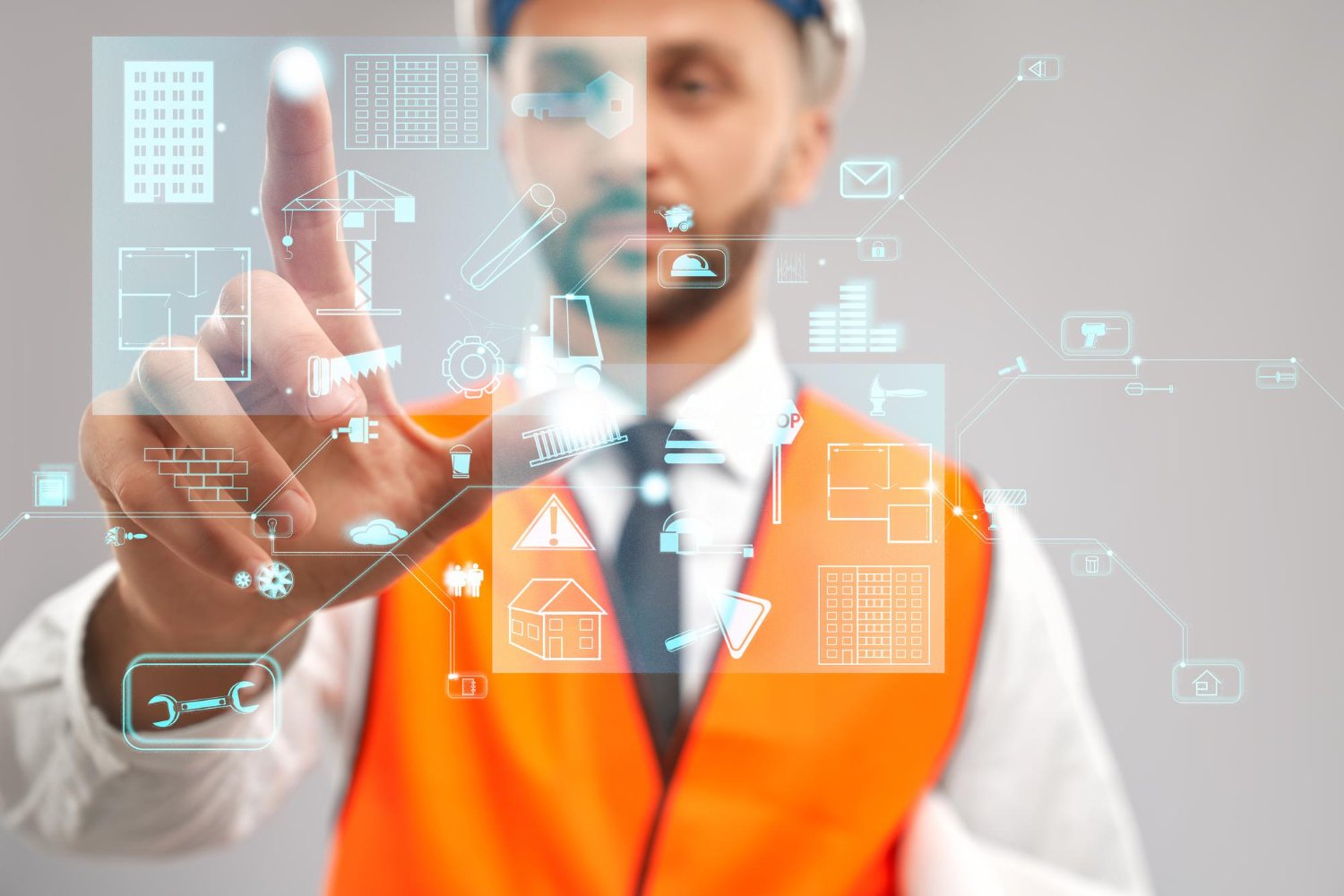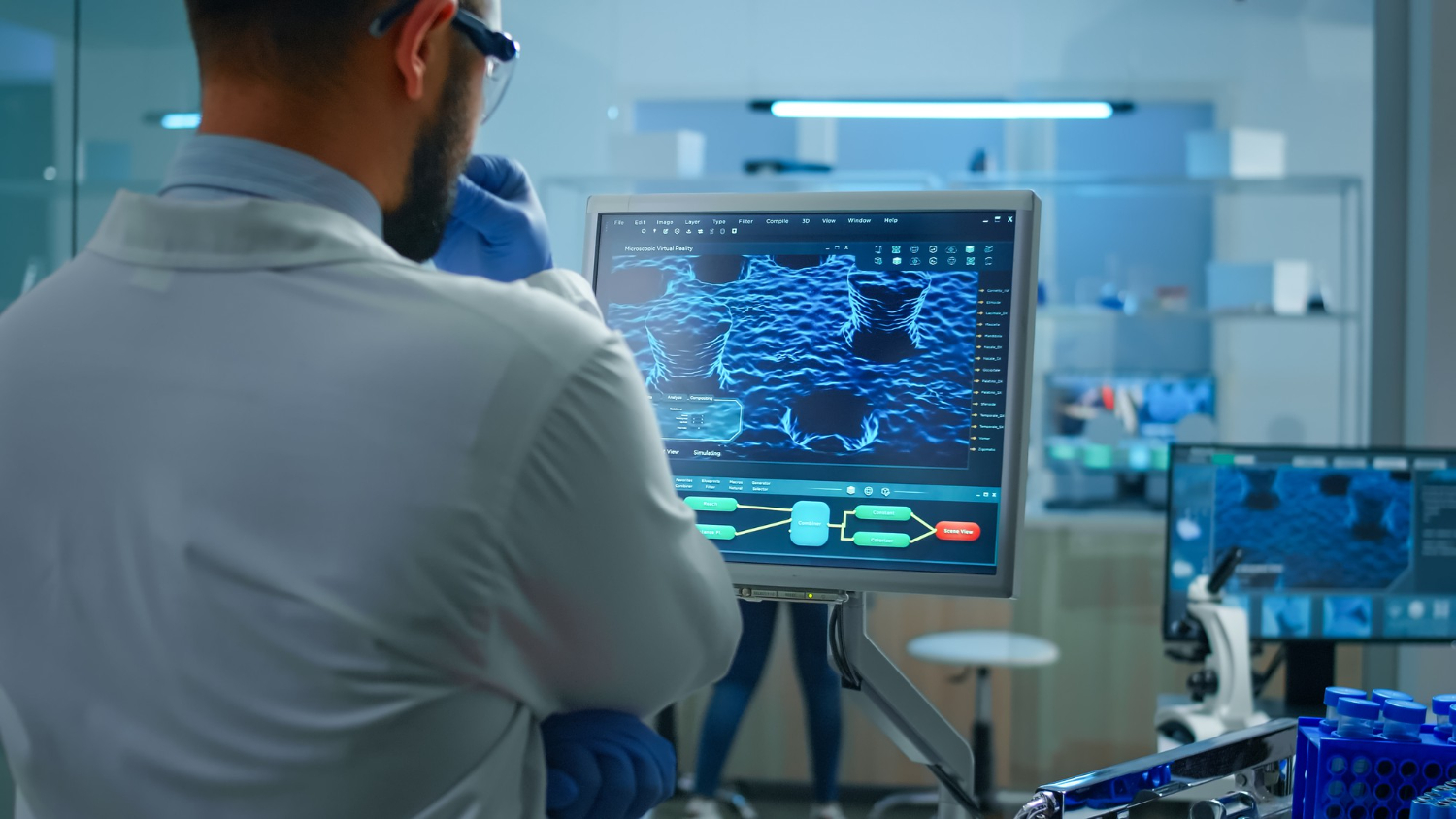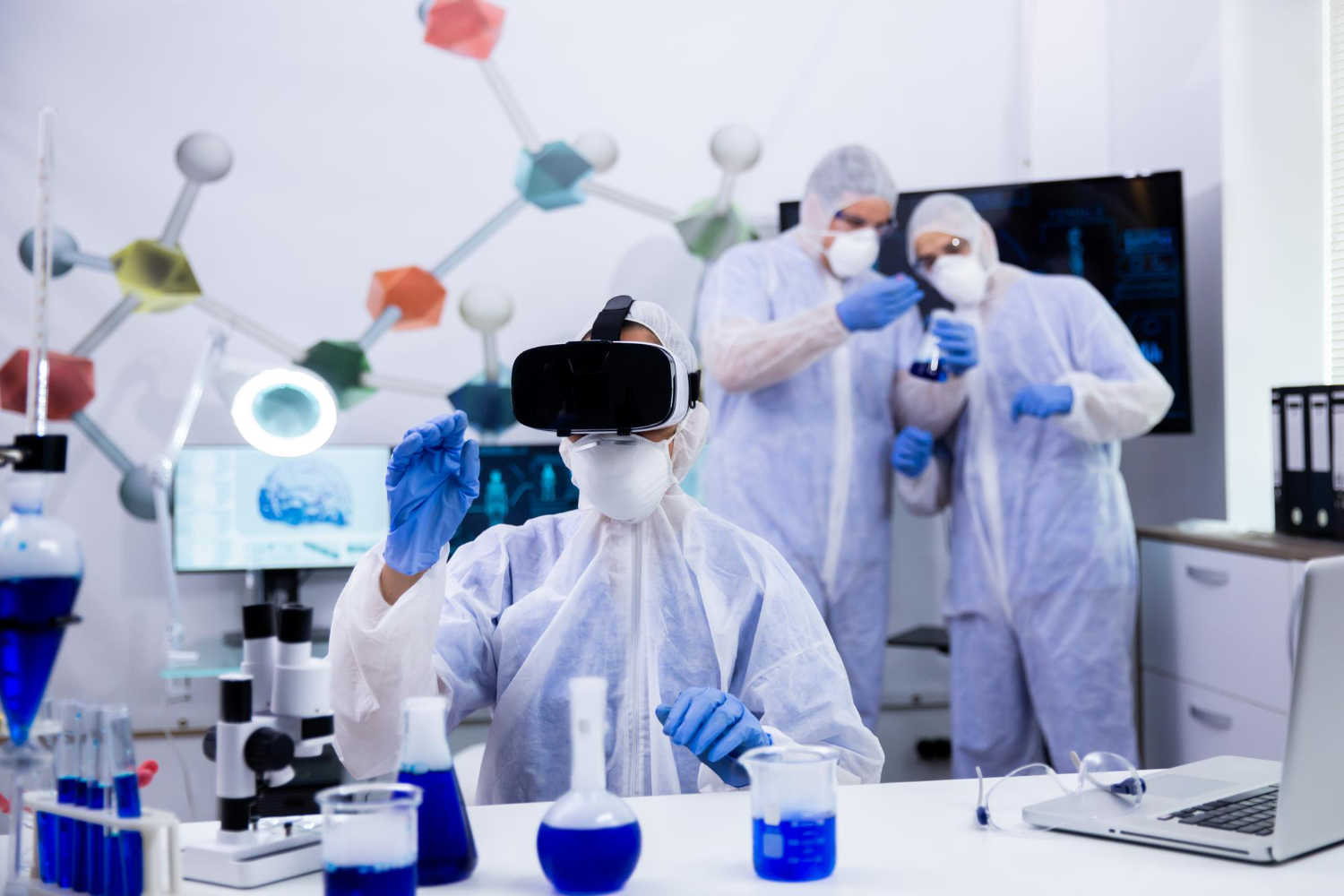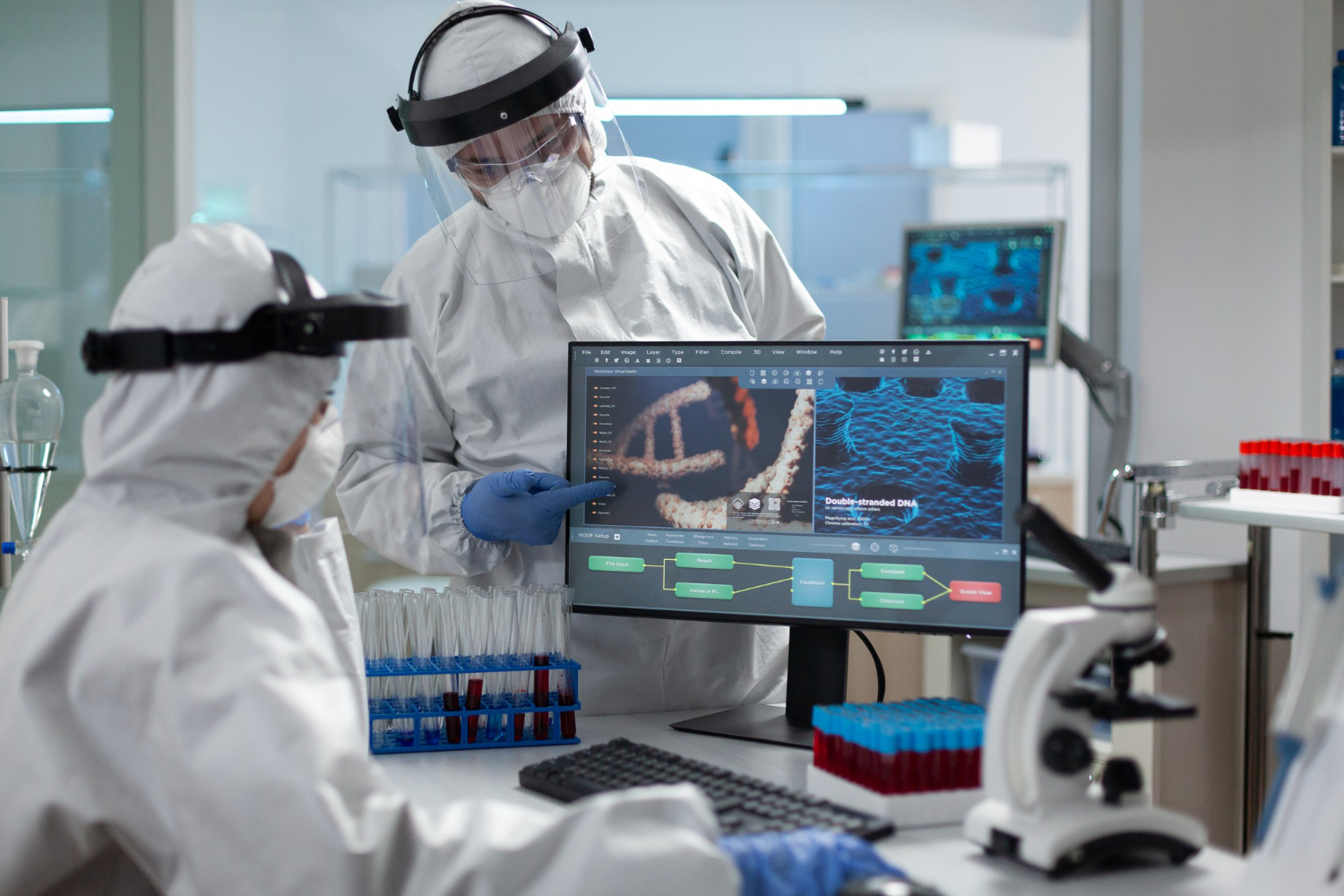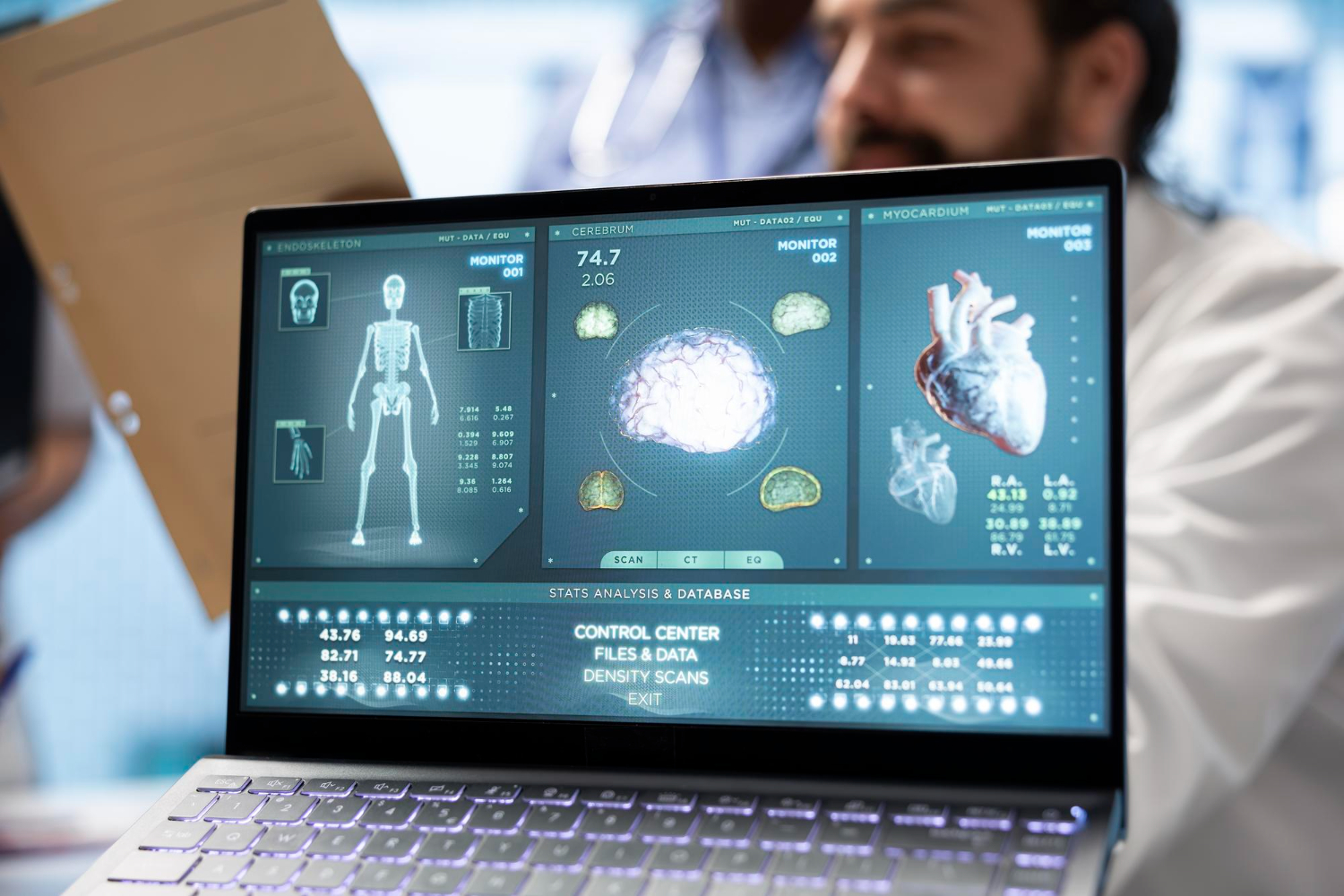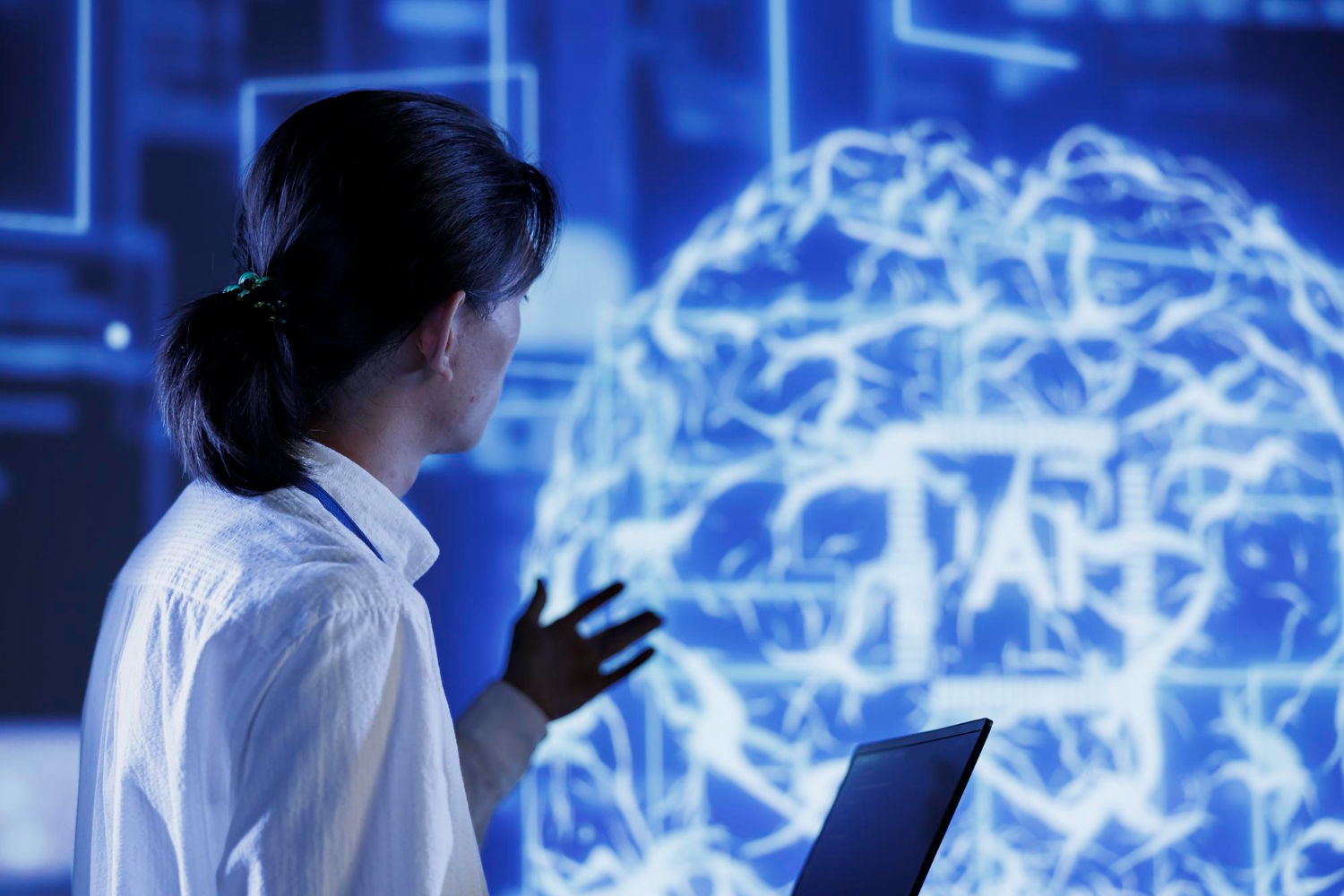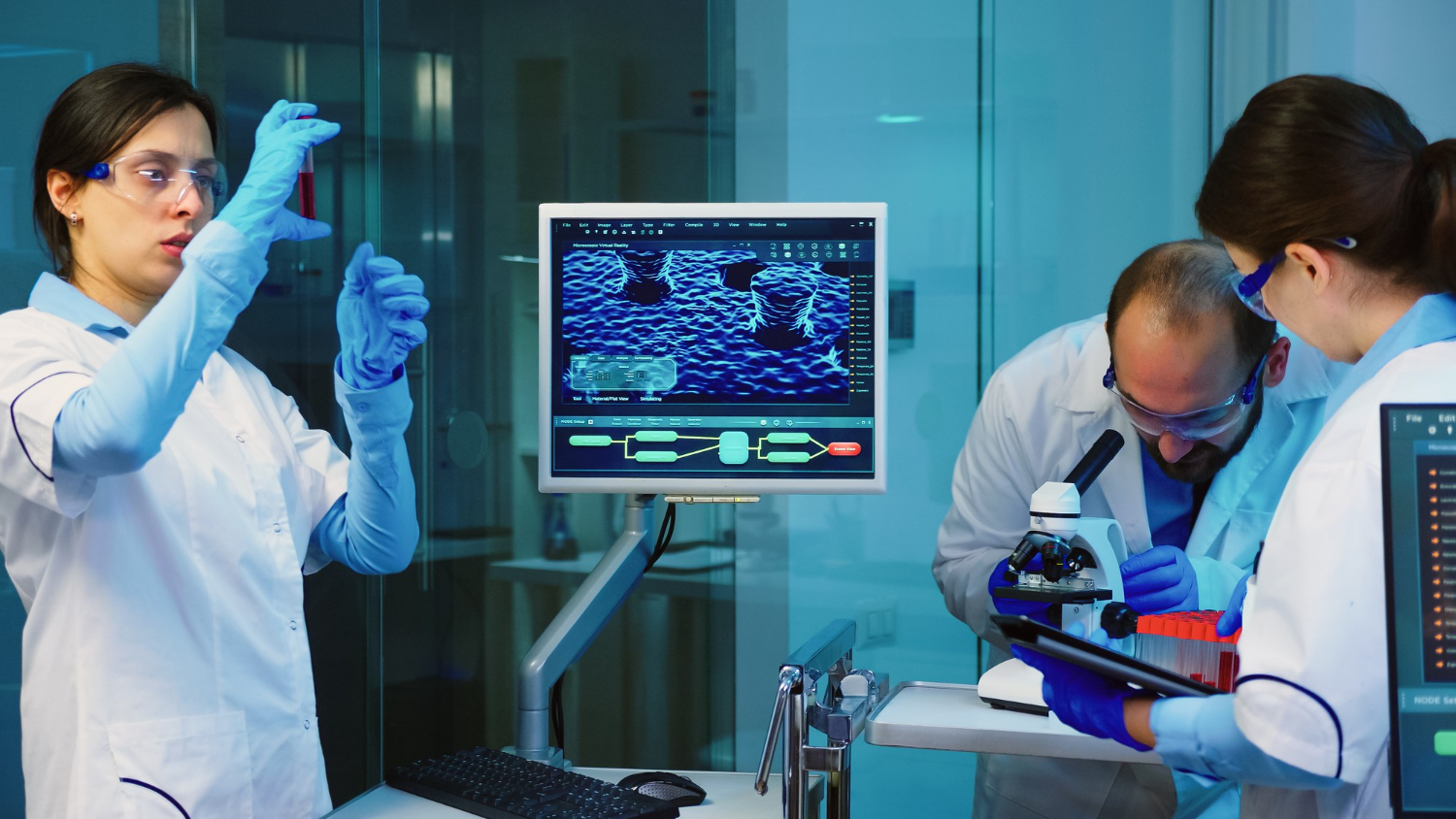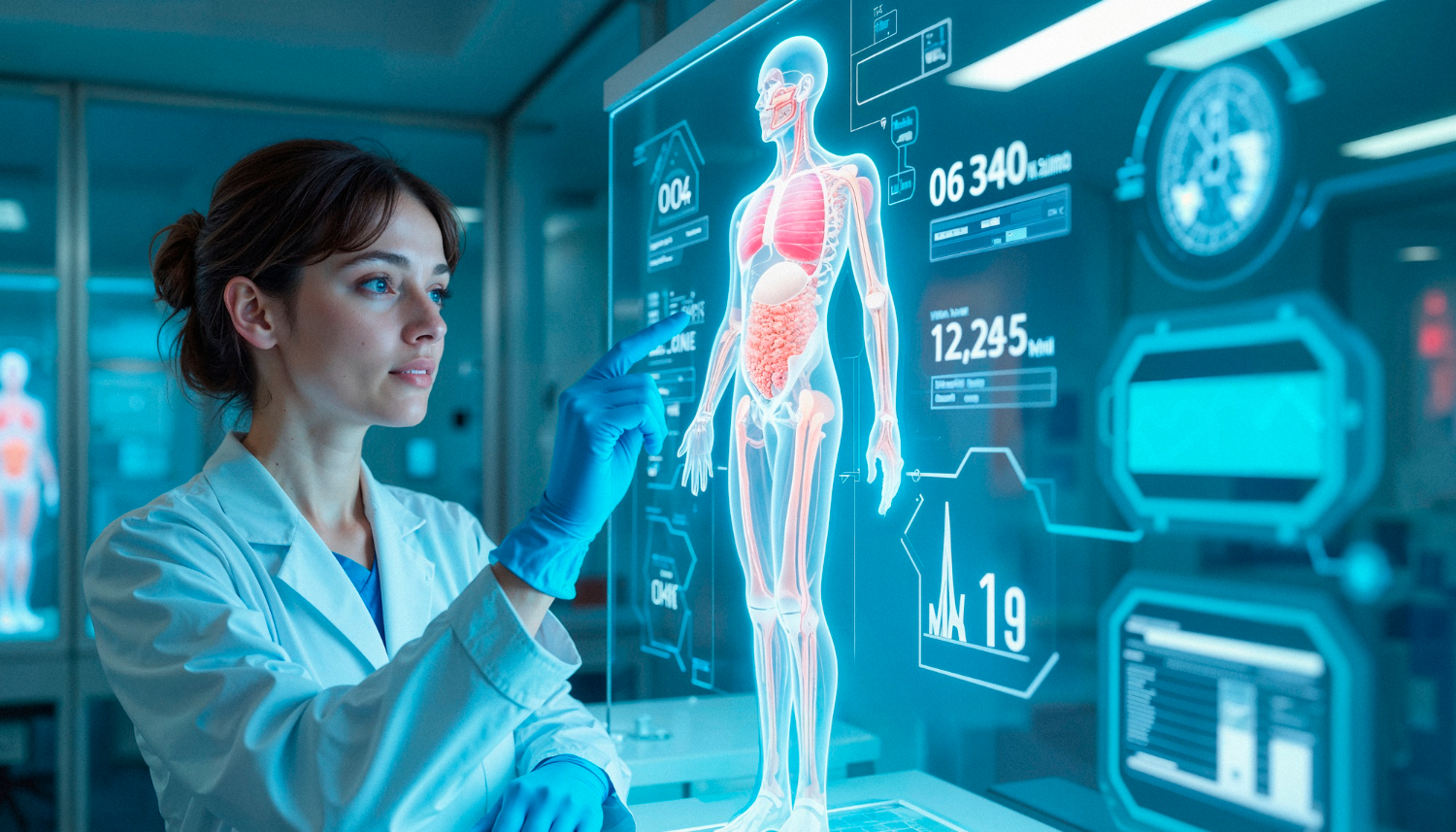Introduction
Computer vision is changing how logistics operates. It enables computers to analyse visual data, improving efficiency in supply chains, warehouses, and transportation. From inventory management to autonomous vehicles, computer vision work supports better decision-making and faster operations.
Applications of Computer Vision in Logistics
This technology plays a key role in various logistics processes. It helps classify objects, track items, and streamline workflows. With deep learning models, businesses can process digital images in real time, improving accuracy and speed.
1. Inventory Management
Managing stock is crucial in logistics. Computer vision supports inventory management by using image recognition to track items. It processes a single image or video feed to detect missing or misplaced goods. Image segmentation further improves accuracy, helping businesses keep precise records.
2. Object Detection in Warehouses
Object detection ensures efficiency in warehouses. Convolutional neural networks (CNNs) identify packages, classify objects, and detect damage. AI-driven image processing enhances the speed of operations, reducing errors.
3. Autonomous Vehicles in Logistics
Autonomous vehicles rely on computer vision. Cameras and deep learning models process real-world environments, allowing self-driving trucks to navigate safely. These systems detect obstacles, read road signs, and improve delivery efficiency.
Read more: AI for Autonomous Vehicles: Redefining Transportation
4. Quality Control in Production Lines
Computer vision improves quality control. AI scans products on the production line, detecting defects in real time. This ensures only high-quality goods reach customers.
5. Real-Time Decision-Making
Computer vision enables businesses to act quickly. It analyses data sets, providing instant insights. This improves sorting, shipping, and warehouse management.
Read more: How does artificial intelligence impact the supply chain?
Reducing Costs and Increasing Efficiency
Logistics companies benefit from reduced costs and increased efficiency. AI-driven computer vision work automates repetitive tasks, cutting labour expenses. By reducing human error, businesses avoid costly mistakes in inventory management and shipping. Automated tracking systems provide real-time updates, allowing better coordination and faster deliveries.
Improving Supply Chain Visibility
A well-managed supply chain depends on accurate data. Computer vision enables companies to monitor goods from production to delivery. Real-time tracking systems use digital images to verify shipments and identify delays. Businesses gain full visibility into their supply chains, improving planning and reducing waste.
The Role of Deep Learning in Computer Vision
Deep learning models process vast amounts of visual data. Convolutional neural networks (CNNs) help classify objects and recognise patterns. These networks improve object detection, making it easier to track inventory and identify defects. AI-driven models continue learning from new data sets, improving accuracy over time.
Enhancing Workplace Safety
Safety is essential in warehouses and logistics hubs. AI-powered computer vision detects potential hazards, reducing workplace accidents.
Cameras monitor workers and equipment, identifying unsafe behaviours. If an employee enters a restricted area, the system can send an alert. This ensures a safer work environment.
Automated Sorting and Packaging
Sorting and packaging goods is a time-consuming process. Computer vision speeds up these tasks by using image processing to identify products. Automated systems scan barcodes, classify objects, and sort them into the correct categories. This reduces errors and ensures items reach the right destinations.
Reducing Fraud and Theft
Fraud and theft are major concerns in logistics. Computer vision improves security by monitoring shipments and detecting unauthorised access. AI-powered surveillance systems track packages in real time, ensuring goods remain secure. If suspicious activity occurs, the system can alert security teams immediately.
Managing Large Data Sets
Logistics generates vast amounts of data. Computer vision processes these data sets, providing useful insights. AI analyses shipping patterns, identifies bottlenecks, and suggests improvements. Businesses can make data-driven decisions, improving overall efficiency.
Read more: Transformative Role of AI in Supply Chain Management
Adapting to Different Environments
Logistics operations vary across locations. AI-driven computer vision systems adapt to different environments. Whether in a warehouse, factory, or transport hub, these systems analyse surroundings and optimise workflows. This flexibility ensures smooth operations in various settings.
Customised Solutions for Businesses
Every business has unique needs. AI-powered computer vision offers tailored solutions. Companies can integrate custom models to address specific logistics challenges. From tracking perishable goods to automating quality checks, businesses can improve efficiency with targeted applications.
Expanding the Role of AI in Logistics
Computer vision is not limited to warehouses and transportation. Businesses use this technology to monitor loading docks, distribution centres, and last-mile delivery. AI processes real-time visual data, ensuring smooth operations across the entire supply chain.
Integration with Other Technologies
AI-powered computer vision works alongside other digital tools. Businesses integrate it with robotics, IoT devices, and cloud computing. This creates a seamless logistics network where data flows between systems. Automated warehouses use robots guided by AI-driven image recognition to sort and move items efficiently.
Predictive Maintenance and Equipment Monitoring
Logistics companies rely on machinery and vehicles. Computer vision detects early signs of wear and tear. Cameras and AI models monitor equipment performance.
If a machine shows signs of failure, the system alerts maintenance teams. This prevents breakdowns and reduces downtime.
Optimising Last-Mile Delivery
The final stage of delivery is critical. AI-driven computer vision improves last-mile logistics by analysing road conditions, traffic patterns, and delivery routes. It helps autonomous vehicles and delivery drones navigate safely. This ensures faster and more efficient deliveries.
AI in Cold Chain Logistics
Temperature-sensitive goods need special handling. Computer vision monitors perishable items in cold storage. AI analyses digital images to check for damage, leaks, or contamination. This ensures food, pharmaceuticals, and other perishable goods remain in perfect condition during transit.
Enhancing Customer Satisfaction
Fast and accurate deliveries improve customer experience. AI-driven logistics ensures packages arrive on time. Businesses reduce errors, improving reliability. Real-time tracking provides customers with accurate delivery updates, increasing trust and satisfaction.
Reducing Environmental Impact
Sustainability is a growing focus in logistics. AI-powered computer vision helps businesses reduce waste. By improving inventory management, companies avoid overstocking and minimise expired goods. Smart routing systems reduce fuel consumption, cutting carbon emissions.
Read more: Smart Solutions for Sustainable Tomorrow: AI & Energy Management
Challenges in Adopting Computer Vision
Despite its benefits, some challenges remain. AI systems need high-quality data sets for accurate performance. Poor lighting or camera angles can affect image recognition.
Businesses must invest in advanced hardware and software. However, as technology improves, these challenges will lessen.
Handling Supply Chain Disruptions
Unexpected events can disrupt logistics. Natural disasters, global crises, or supplier delays affect deliveries. Computer vision helps businesses respond faster.
AI analyses visual data from warehouses and transport routes. It detects delays, predicts stock shortages, and suggests alternative shipping options.
Real-time image processing ensures better decision-making. If a production line slows down, AI can pinpoint the cause. Businesses can reroute shipments or adjust supply levels before issues escalate. This minimises losses and keeps operations running smoothly.
Integration Challenges in Logistics
Many logistics companies rely on outdated systems. Integrating AI-driven computer vision can be challenging. Legacy infrastructure often lacks the computing power to process large data sets. Businesses need modern hardware and software to handle complex image recognition tasks.
Cloud-based solutions offer a practical approach. Companies can process digital images and video feeds remotely. This reduces costs and allows seamless integration with existing systems. AI-powered platforms can also work alongside traditional inventory management tools, improving efficiency without a complete overhaul.
The Role of Regulatory Compliance
Strict regulations govern logistics and transportation. Companies must follow safety, security, and quality standards. AI-powered computer vision helps businesses stay compliant. It ensures proper handling of goods and monitors adherence to safety protocols.
For example, automated systems check if packages meet regulatory requirements. AI scans barcodes and labels, confirming shipments match legal guidelines. In warehouses, computer vision monitors employees, ensuring they follow safety rules. If a worker lifts heavy items incorrectly, the system sends an alert, preventing injuries.
Governments are also introducing AI regulations. Logistics firms must balance automation with compliance. Transparent AI systems provide detailed reports on decision-making processes. This helps businesses meet regulatory standards while benefiting from AI-driven efficiency.
Future Prospects of AI in Logistics
AI-driven computer vision will continue shaping logistics. As deep learning models advance, object detection and image segmentation will improve. Businesses will adopt AI-powered automation on a larger scale. This will lead to faster, safer, and more efficient logistics operations.
The logistics industry continues to evolve. AI-driven computer vision will play an even bigger role in the future. Companies will adopt more advanced deep learning models to improve automation. AI will enhance predictive analytics, helping businesses forecast demand and prevent stock shortages.
Autonomous vehicles will also become more common. Self-driving trucks will rely on AI to process real-world environments. Advanced image segmentation will allow better navigation and obstacle detection. This will make long-haul transport safer and more efficient.
Smaller logistics firms will also benefit. Previously, AI-driven solutions were costly and complex. Now, cloud-based platforms and pre-trained AI models make adoption easier. Even a small group of businesses can implement AI-powered inventory management and tracking systems.
Conclusion
Computer vision is transforming logistics. From inventory management to regulatory compliance, AI-driven solutions improve efficiency and accuracy. Companies that embrace this technology will stay ahead in a competitive market. With continued advancements, AI will reshape logistics, making supply chains smarter and more resilient.
How TechnoLynx Can Help
TechnoLynx provides AI-powered computer vision solutions for logistics. Our expertise in image processing, object detection, and deep learning ensures better inventory management and automation. Whether you need enhanced quality control or autonomous vehicle support, we deliver tailored solutions for your business.
Continue reading: Facial Recognition in Computer Vision Explained
Image credits: Freepik

